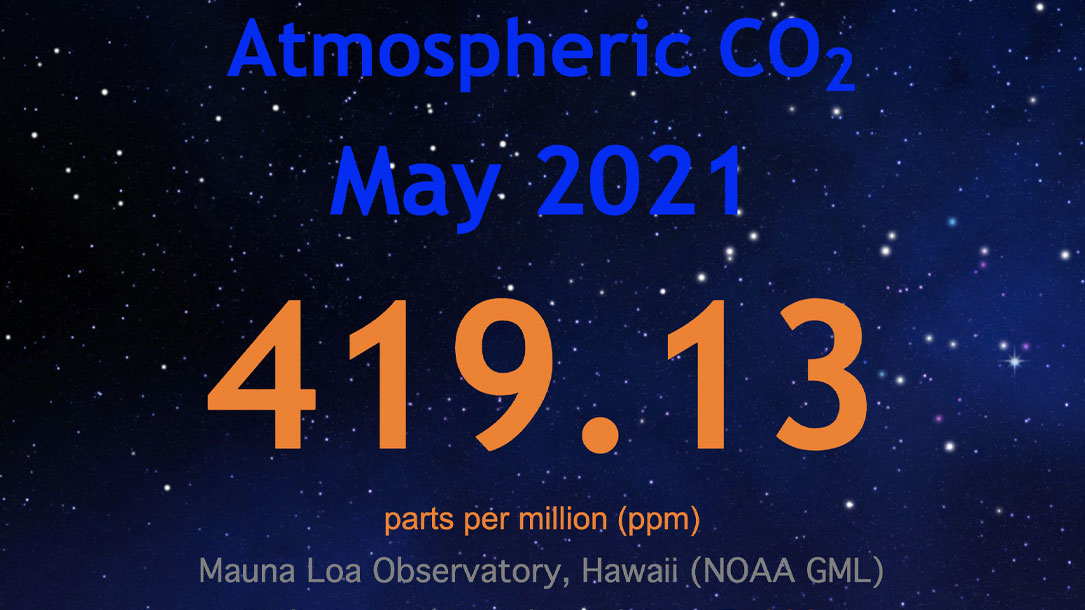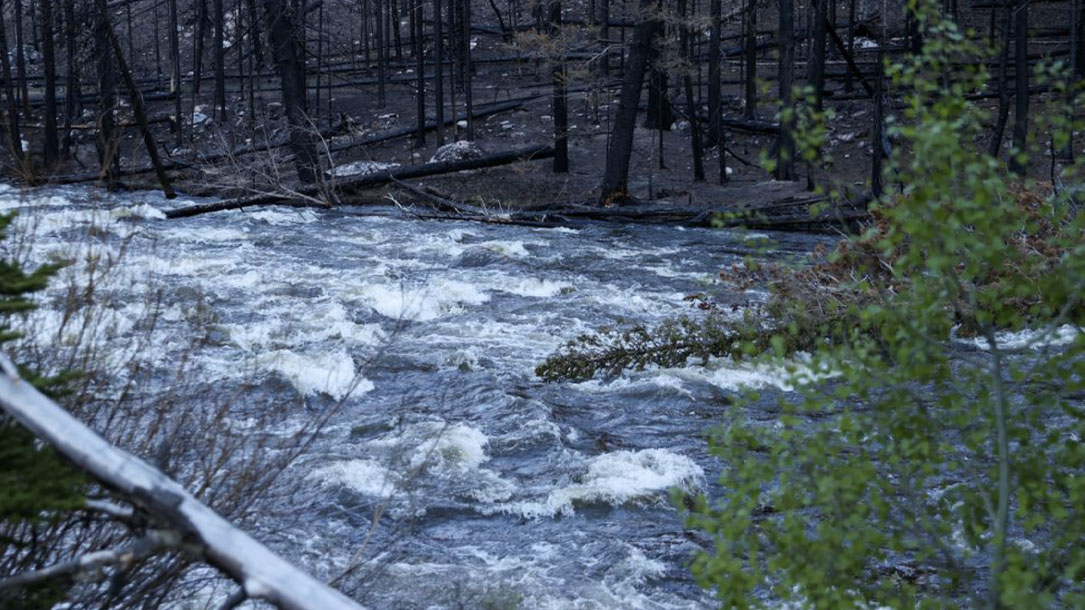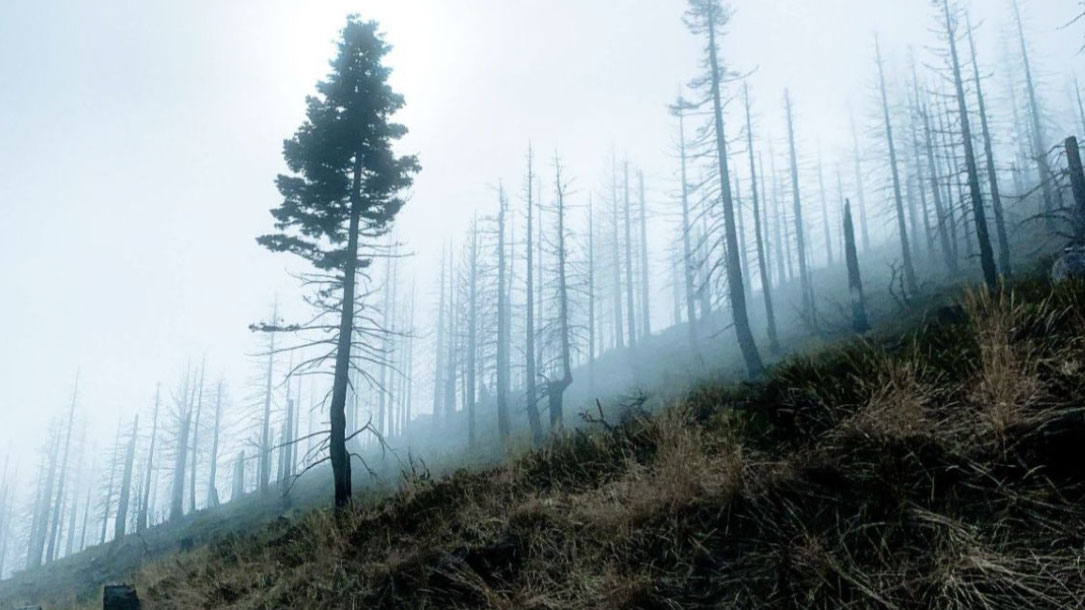Home > Climate News >

Six simple steps: Evaluate the contribution of your land protection project to a low carbon future
Newly available forest carbon datasets allow conservation organizations to estimate the impact of land protection projects on carbon storage and sequestration. The Open Space Institute (OSI) developed this guide to help groups that protect and steward land determine how much carbon a forest stores today, and how much additional carbon could be sequestered by 2050.
The step-by-step guidance walks through how to assess current and future carbon on a single property, or across an entire service area, using data that is freely available through The Nature Conservancy’s Resilient Land Mapping Tool.

Despite pandemic, carbon dioxide level in atmosphere hits record high
Without transitioning off fossil fuels soon, natural climate solutions like farms and ranchlands, woodlands, wetlands, and prairies, won’t stand much of a chance.

CO2 Earth: Are we stabilizing yet?
As of May 2021, our global CO2 levels exceeded 419. That’s way past what is considered a safe level of atmospheric carbon dioxide (350 ppm), which is why natural climate solutions are so important to pull CO2 from the air.

Attributing extreme weather to climate change
Extreme weather wackiness is increasing given the continued use of fossil fuels and higher levels of heat-trapping greenhouse gases. This interactive map is a helpful tool for deepening our understanding.

Monarchs and climate change
“Monarch Butterflies are very sensitive to changes in temperature as they rely heavily on this factor to prompt migration, hibernation and reproduction. Thus, changes in temperature due to climate change are expected to influence and potentially disrupt these critical stages of the butterflies’ life cycle…”

Water quality after a wildfire
“About half of the water supply in the southwestern United States is supplied by water from forests, which generally yield higher quality water than any other source. Approximately 80 percent of the freshwater resources in the U.S. originate on forested land, and more than 3,400 public drinking-water systems are located in watersheds containing national forest lands…”

U.S. West faces little-known effect of raging wildfires: contaminated water
Huge forest fires last year denuded vast areas of Colorado’s mountains and left them covered in ash — ash that with sediment has since been washed by rains into the Cache la Poudre River. The river is one of two sources for household water in this college town of 165,000. With more and fiercer storms expected this year, officials worry about water quality worsening beyond what treatment systems can handle.
The problem could apply to watersheds across the U.S. West, which has faced ever-increasing extremes in heat, drought, and wildfire amid climate change in recent years. The United States relies on water originating on forested land for about 80% of its freshwater supply, according to a government report…

Biden’s electric vehicle plan includes battery recycling push
“President Joe Biden’s strategy to make the United States a powerhouse in electric vehicles will include boosting domestic recycling of batteries to reuse lithium and other metals, according to government officials…”

New recycling techniques set to make electric vehicles greener
Researchers in Britain and the United States have found ways to recycle electric vehicle batteries that can drastically cut costs and carbon emissions, shoring up sustainable supplies for an expected surge in demand.
The techniques, which involve retrieving parts of the battery so they can be reused, would help the auto industry tackle criticism that even though EVs reduce emissions over their lifetime, they start out with a heavy carbon footprint of mined materials…

Natural climate solutions for the United States
“Limiting climate warming to <2°C requires increased mitigation efforts, including land stewardship, whose potential in the United States is poorly understood. We quantified the potential of natural climate solutions (NCS)—21 conservation, restoration, and improved land management interventions on natural and agricultural lands—to increase carbon storage and avoid greenhouse gas emissions in the United States…”












